A family of long-tailed tits were noisily searching the woodland canopy for insects, as I arrived at work - a welcoming sight and sound! Following a week's absence from the Garden, the woodland vegetation has changed to a darker green, while the meadows and ponds are now brighter with meadow clary (Salvia verbenaca), bee orchids (Ophrys apifera), and an increased number of oxeye daisies (Leucanthemum vulgare) and common spotted orchids (Dactylorhiza fuchsii). All these are great plants for insects to forage amongst, but what about the native plants good enough for us to eat?
Our resident foodie, forager and wildlife gardener/ecologist, Daniel Osborne, explores some of our edible plants:
"Until about 7,000 years ago, every human that lived in the British Isles hunted and gathered all of their food. They had and shared a rich knowledge of the uses and edibility of the plants in their landscape and were able to sustain themselves throughout the year. They had skills that, through the study of bushcraft and books like Richard Mabey's Food For Free, I have become confident enough to dabble in. The results have been truly enriching.
Sweet woodruff (Galium odoratum)
In these few paragraphs I do not intend to list all edible native species, share recipes or discuss the health benefits or legality of wild food, as these are covered elsewhere with much more expertise and clarity than I could achieve. Instead I will talk about what thrills me: finding new flavours and connecting with our hunter-gatherer ancestors.
Rosebay willowherb (Chamerion angustifolium)
I think I came to wild food relatively late. Some things like blackberries were familiar to me as a child and my brother and I often gorged ourselves on them in late summer. But I didn't discover wild garlic until my twenties, on the banks of the River Medway near my girlfriend's house at university. And I have not, to this day, ever eaten a pignut.
Wild garlic (Allium ursinum)
The Wildlife Garden at the Museum changed everything for me because it was here that I really started to learn about plants. My identification skills improved, and continue to improve, and what was once an anonymous field or woodland floor is now a host of familiar friends.
Rowan (Sorbus aucuparia)
I have been truly amazed at how many of our native plants are edible. I have many still on my list to try, but have sampled a new plant at least every week as my knowledge and interest have grown. During spring I had cheese sandwiches for lunch with wild garlic, chickweed and ground elder. The almond taste of young rowan leaves and the caramel taste of sweet woodruff have opened my eyes to the fact that the range of flavours of the commonly cultivated salad leaves, like lettuce, rocket, cress and spinach, is but a small part of the spectrum.
Wood-sorrel (Oxalis acetosa) in the Cairngorms National Park
When I go camping now or go for long walks in the wilderness, which is, happily, becoming increasingly frequent, I am able to stop and pick leaves, such as young beech, rosebay willowherb or wood-sorrel, or flowers such as primrose and dead-nettle and enjoy the variety of flavours. A big part of the enjoyment for me is knowing how little I know.
Commom nettle (Urtica dioica)
I am not alone in this passion for wild edibles. There are a number of outstanding books and YouTube videos on the subject and our friend and colleague Viv Tuffney recently added her name to the list of wild food authors.
Viv Tuffney's new Nettle Cookbook
Viv Tuffney's book of nettle recipes 'Nettle Cookbook- Recipes for Foragers and Foodies' - inspired by our biennial Nettle Weekend is devoted to the use of one very common and nutritious species. I have been lucky enough to sample some of Viv's cooking, and have used recipes from the book myself.
A delicious nettle and cashew stuffed mushroom made from a recipe in Viv Tuffney's Nettle Cookbook
It encapsulates everything I like about wild food. How, with a little bit of knowledge and effort, it can connect us with our landscape and our past."
Thank you Daniel.
If you would like to try Viv's nettle recipes for yourself, you can get a copy from the Museum's online shop.



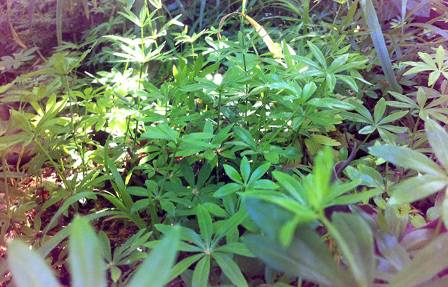
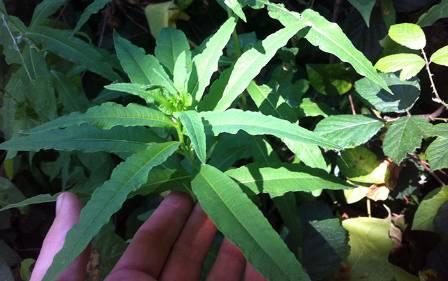
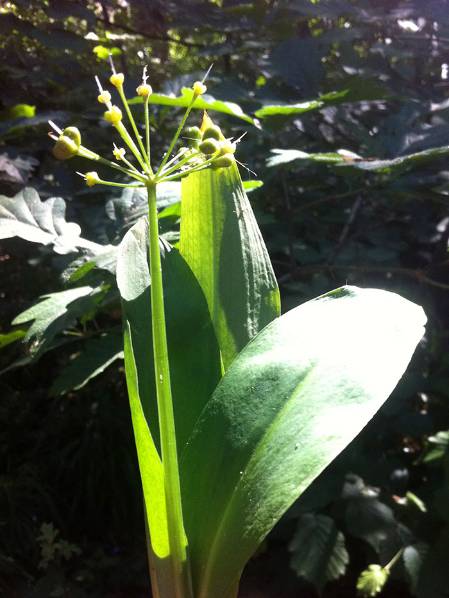
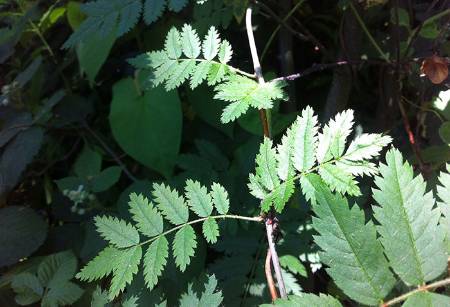
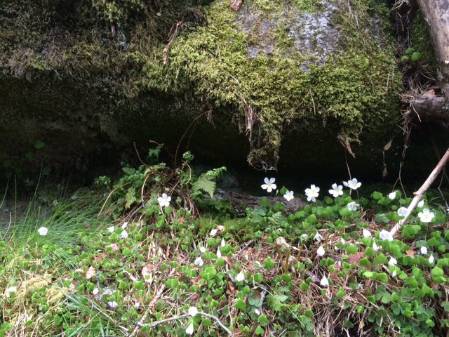
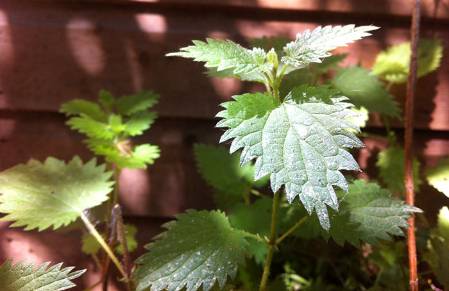
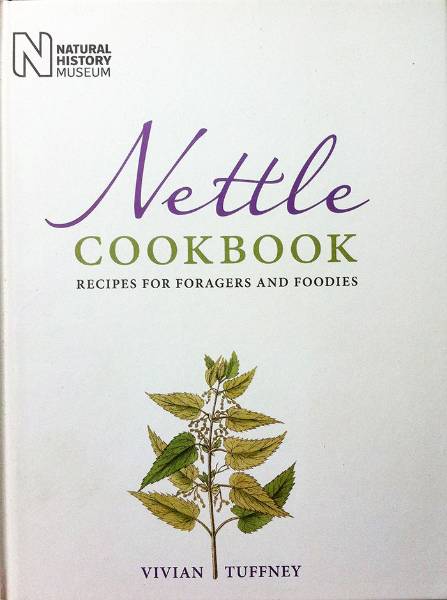

![1. CBNQO9_k3QrGmiBxptM9BswR5N2Pv5DB9ha4u_X8OZ0[1].jpg](../../../servlet/JiveServlet/downloadImage/38-3895-85688/450-428/1.+CBNQO9_k3QrGmiBxptM9BswR5N2Pv5DB9ha4u_X8OZ0[1].jpg)
![2. zQrqiRygurlhVD-EzfSYAbhUV6T3goYniKmJu4mZqwQ[1].jpg](../../../servlet/JiveServlet/downloadImage/38-3895-85689/450-444/2.+zQrqiRygurlhVD-EzfSYAbhUV6T3goYniKmJu4mZqwQ[1].jpg)
![3. z-VBGC4sMN7q9oLVeAiw407uAuJ7P2OljNJc34zwuYk[1].jpg](../../../servlet/JiveServlet/downloadImage/38-3895-85690/450-444/3.+z-VBGC4sMN7q9oLVeAiw407uAuJ7P2OljNJc34zwuYk[1].jpg)
![4. 5c9fyKw7_WRtCzEd08NRHuy9u16xcXM0UCJYbwXy6O8[1].jpg](../../../servlet/JiveServlet/downloadImage/38-3895-85691/450-433/4.+5c9fyKw7_WRtCzEd08NRHuy9u16xcXM0UCJYbwXy6O8[1].jpg)
![5. 3PTgYC5OWiWO6eRmIbw6A2s7qcFrpRZn9YlwQrgCZwY[1].jpg](../../../servlet/JiveServlet/downloadImage/38-3895-85692/450-451/5.+3PTgYC5OWiWO6eRmIbw6A2s7qcFrpRZn9YlwQrgCZwY[1].jpg)
![6. qz-atsro-gAMIO8tAtdbMJw_Ldpz5NjQsTHKWKZ_FM8[1].jpg](../../../servlet/JiveServlet/downloadImage/38-3895-85693/450-447/6.+qz-atsro-gAMIO8tAtdbMJw_Ldpz5NjQsTHKWKZ_FM8[1].jpg)
![7. XCnLJwmKAF8W7rKH8QKatnlxFZukG8EdKw9pv932PqY[1].jpg](../../../servlet/JiveServlet/downloadImage/38-3895-85694/450-434/7.+XCnLJwmKAF8W7rKH8QKatnlxFZukG8EdKw9pv932PqY[1].jpg)
![8.1GYRL0_RBjJPRTrMNFzO2mrYYHGDmsIOdwEfWREn4x0[2].jpg](../../../servlet/JiveServlet/downloadImage/38-3895-85695/450-428/8.1GYRL0_RBjJPRTrMNFzO2mrYYHGDmsIOdwEfWREn4x0[2].jpg)
![9. WKJtAb6-UKDFZsm5eGiH9jIzgHJDFSisBWRHCsdqYAU[1].jpg](../../../servlet/JiveServlet/downloadImage/38-3895-85696/450-442/9.+WKJtAb6-UKDFZsm5eGiH9jIzgHJDFSisBWRHCsdqYAU[1].jpg)
![10. 1atkR9OOYpPhGIwKiV0N7Stqm1lPXe6kjjqV5y_ITRI[1].jpg](../../../servlet/JiveServlet/downloadImage/38-3895-85697/450-430/10.+1atkR9OOYpPhGIwKiV0N7Stqm1lPXe6kjjqV5y_ITRI[1].jpg)
![11. bCClUGGoaODrmwwkisGMnN3dZ4psGCMS4t05pY2O7xU[1].jpg](../../../servlet/JiveServlet/downloadImage/38-3895-85698/450-438/11.+bCClUGGoaODrmwwkisGMnN3dZ4psGCMS4t05pY2O7xU[1].jpg)
![12. 3AqXMn4FlAKLbSEIiB4fjfMd7W6pMpV_VeRkPolDgfc[1].jpg](../../../servlet/JiveServlet/downloadImage/38-3895-85699/450-443/12.+3AqXMn4FlAKLbSEIiB4fjfMd7W6pMpV_VeRkPolDgfc[1].jpg)
![13. O7OGmVxCC5G1rdBSwDH9f3iFioQ3VxahY5kABl5H_4s[1].jpg](../../../servlet/JiveServlet/downloadImage/38-3895-85700/450-445/13.+O7OGmVxCC5G1rdBSwDH9f3iFioQ3VxahY5kABl5H_4s[1].jpg)
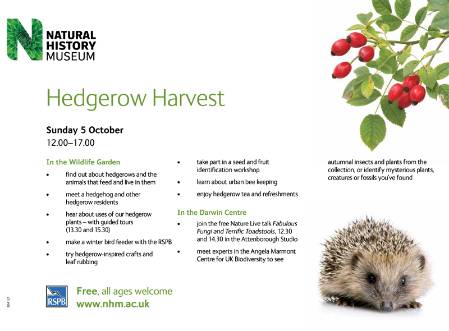
.jpg)
.jpg)